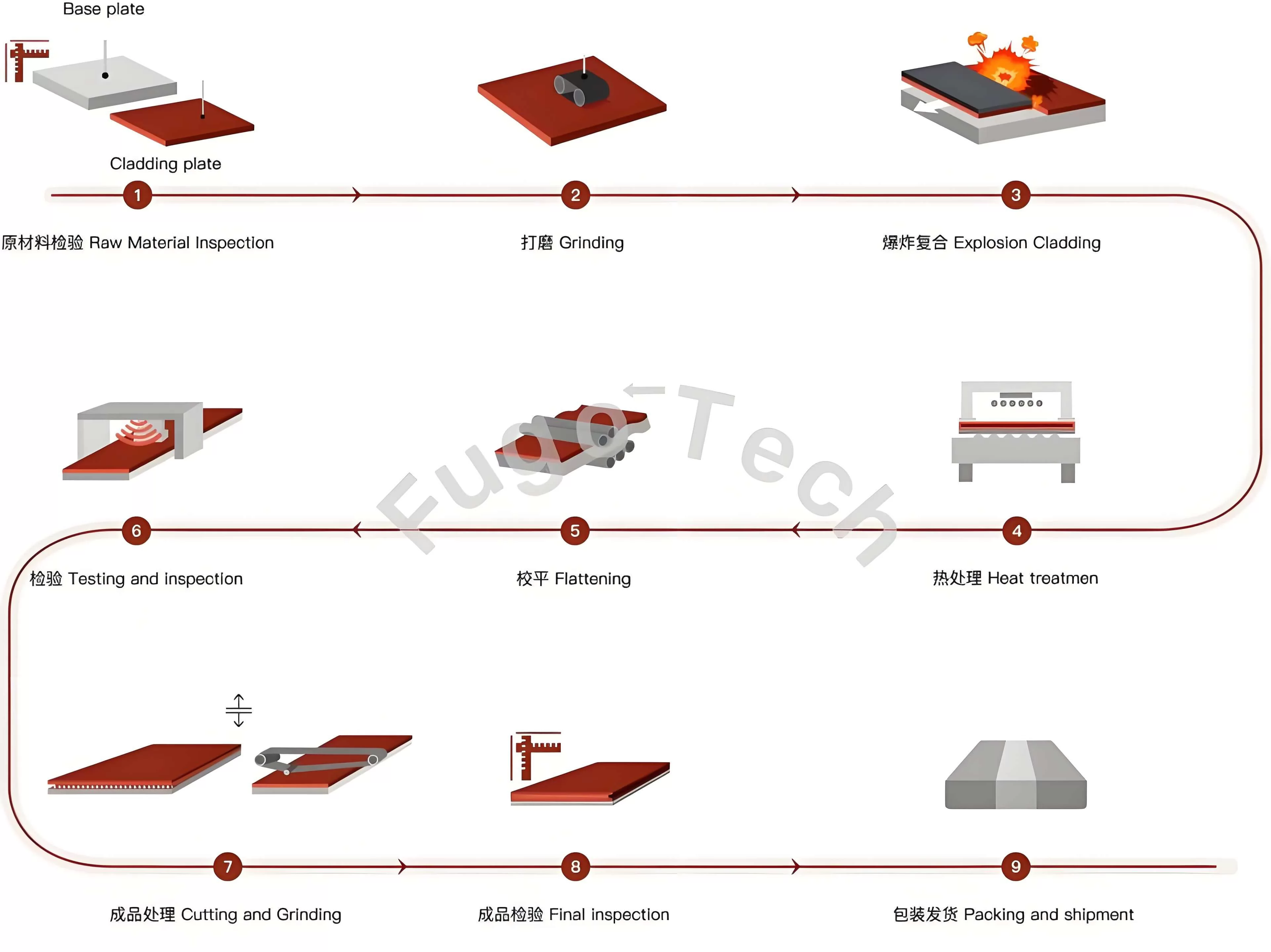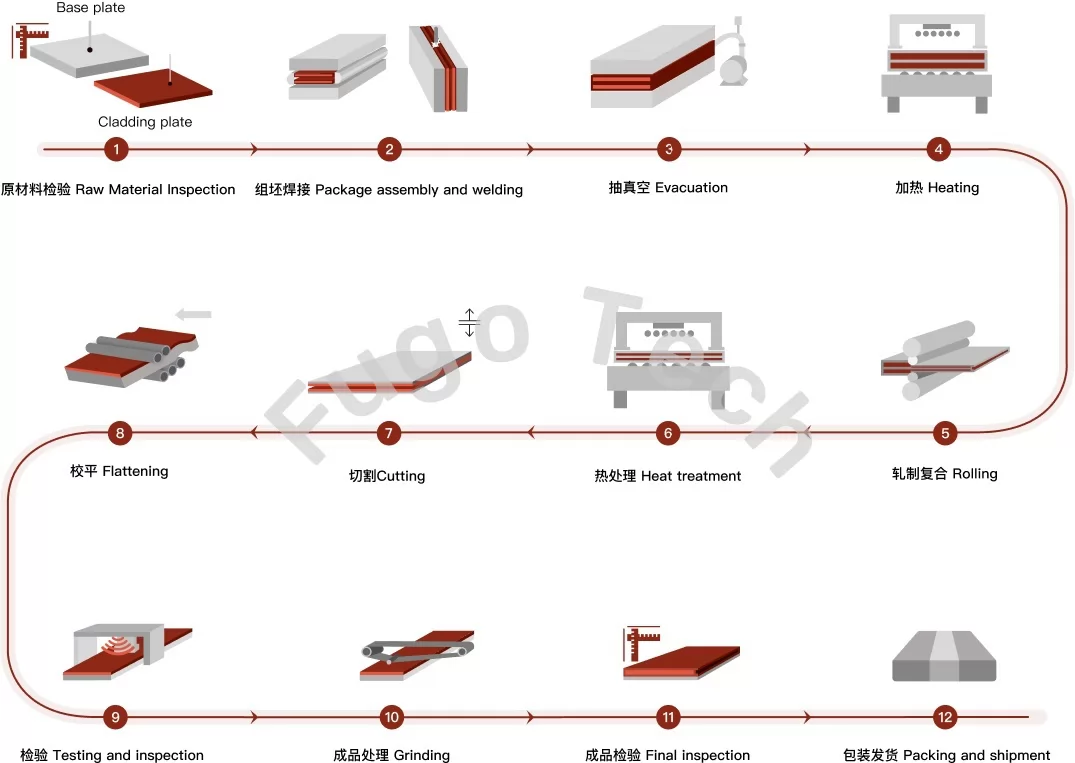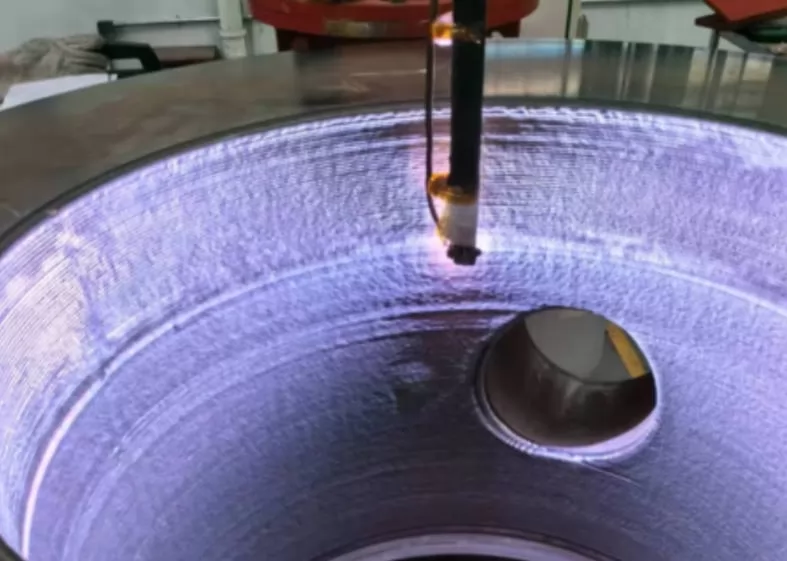


In modern industry, materials must balance extreme performance with economic viability. Clad steel plate—formed by bonding a thin layer of corrosion-resistant alloy to a thicker carbon steel substrate—delivers precisely this synergy. It resists harsh environments while minimizing the use of expensive metals, making it a cornerstone in sectors from offshore oil platforms to chemical processing plants.
Clad steel plate consists of two or more metal layers metallurgically bonded under heat and pressure. The backing layer is typically inexpensive carbon or low-alloy steel, providing structural strength and thickness. The cladding layer, often 10–20% of the total, comprises high-performance alloys such as stainless steel (e.g., 316L), nickel alloys (e.g., Inconel 625), titanium, or copper alloys.
Bond strength exceeds 200 MPa, ensuring the layers act as a single unit. Common standards include ASTM A264 (Stainless Chromium-Nickel Steel-Clad Plate), A265 (Nickel and Nickel-Base Alloy-Clad Steel Plate), and A263 (Stainless Chromium Steel-Clad Plate).
Three primary methods produce clad plates:
Explosion Bonding (EXW): Detonating explosives accelerates the cladding onto the base at velocities >2,000 m/s, creating a wavy interfacial bond. It suits large plates (up to 15 m²) and dissimilar metals.

(Production process of explosive bonding)
Roll Bonding (RB): Layers are heated (900–1,200°C) and hot-rolled to ≥50% thickness reduction, forming interatomic diffusion. It yields uniform bonds for high-volume production.

(Production process of roll bonding)
Weld Overlay (WO): Automated welding deposits cladding via GTAW or GMAW in multiple passes. It excels for complex geometries but is costlier for flat plates.

(Overlay welding)
Post-bonding steps include ultrasonic testing (per ASTM A578) and heat treatment to relieve stresses.
Clad steel outperforms solid alloys and alternatives:
Case: A North Sea FPSO used 1,200 t of 625-clad plate, cutting alloy use by 800 t and costs by $12M.
Advancements include laser cladding for micron-precision, AI-optimized roll bonding, and recyclable designs. Demand is projected to grow 6% annually to 1.2 Mt by 2030, driven by hydrogen infrastructure and carbon capture.
Clad steel plate is more than just a material—it’s a strategic engineering solution. It perfectly balances performance and cost, delivering a reliable and economical answer for some of the most challenging industrial environments.
Whether your project involves a massive chemical reactor or a lightweight transportation component, Fugo Tech can provide a custom clad steel plate solution. With our deep industry expertise, we can supply and recommend the ideal combination of stainless steel, aluminum, nickel alloy, or titanium cladding to match your exact specifications.
Contact our material experts today to discuss your project requirements and let us help you optimize your design, reduce costs, and enhance your final product’s performance.



Fugo Tech is focused on the manufacturing of clad metal plate and distributes the Stainless Steel, Titanium, Nickel Alloy, Zirconium and other non-ferrous metal pipes, fittings, flanges, and fasteners.